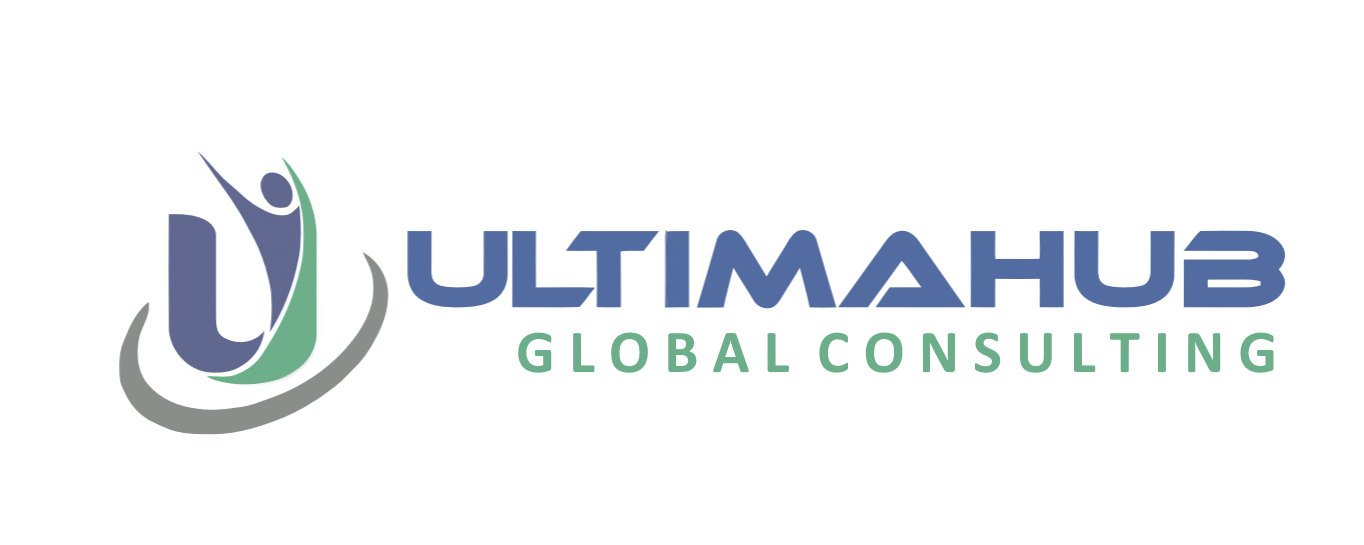In the rapidly evolving landscape of business, the importance of a robust learning culture cannot be overstated. Organizations are increasingly recognizing that fostering an environment conducive to continuous learning is key to maintaining a competitive edge. However, the challenge lies not just in instituting training programs but in ensuring that these initiatives translate into lasting transformation. This article delves into the impact of learning culture on organizational success and offers strategies for sustaining that transformation beyond fleeting trends.
Evaluating the Impact of Learning Culture on Organizational Success
The link between a strong learning culture and organizational success is well-documented. Companies that prioritize continuous education and skill development often see improved employee performance, engagement, and retention. Employees who feel that their growth is valued are more likely to contribute positively to the organization, fostering a sense of loyalty and reducing turnover rates. Moreover, organizations that invest in learning are better positioned to adapt to market changes, as their workforce remains agile and informed.
Assessment of a learning culture can be conducted through various metrics such as employee feedback, retention rates, and overall productivity levels. For instance, organizations that implement regular surveys to gauge employee satisfaction related to learning opportunities often uncover areas for improvement. Additionally, performance metrics, such as increased sales or customer satisfaction scores, can serve as indicators of the effectiveness of training initiatives. This data-driven approach allows organizations to refine their learning strategies and ensure they align with broader business objectives.

Furthermore, a strong learning culture creates an environment of innovation and collaboration. When employees are encouraged to learn and share knowledge, it fosters a culture of creativity that can lead to groundbreaking ideas and solutions. Organizations that promote cross-disciplinary teamwork and knowledge-sharing not only enhance individual competencies but also drive collective success. As a result, the impact of a learning culture extends beyond individual development; it permeates the organization, shaping its very identity and approach to challenges.
Strategies for Sustaining Transformation Beyond Current Trends
To ensure that the transformation brought about by a learning culture outlasts fleeting trends, organizations must adopt a strategic approach that focuses on sustainability. One essential strategy is the integration of learning into the organizational fabric. This can be achieved by embedding learning objectives into performance evaluations and aligning them with the company’s mission and values. When learning becomes a fundamental part of the employee experience, it encourages ongoing development rather than being seen as an isolated initiative.
Another effective strategy is to leverage technology for scalable learning solutions. With the rise of online learning platforms, organizations can offer a diverse array of training resources that employees can access at their convenience. This flexibility not only caters to varied learning styles but also promotes a culture of self-directed learning. Moreover, investing in technology that tracks learning progress can provide valuable insights, enabling organizations to identify skill gaps and tailor their training programs accordingly.
Finally, fostering a growth mindset within the organization is crucial for sustaining transformation. Encouraging employees to view challenges as opportunities for growth can instill resilience and adaptability, essential traits in today’s fast-paced business environment. Leadership plays a vital role in cultivating this mindset by modeling lifelong learning behaviors, openly sharing their experiences, and celebrating successes related to learning. By creating a supportive atmosphere where curiosity is encouraged, organizations can ensure that their learning culture thrives well into the future, transcending transient trends.

In conclusion, the journey from training to transformation requires a concerted effort to build a learning culture that not only responds to current demands but also anticipates future challenges. By evaluating the impact of a learning culture on organizational success and implementing strategic measures to sustain it, organizations can foster an environment of continuous growth and innovation. In doing so, they not only enhance their immediate performance but also lay the groundwork for enduring success in an ever-changing landscape.



